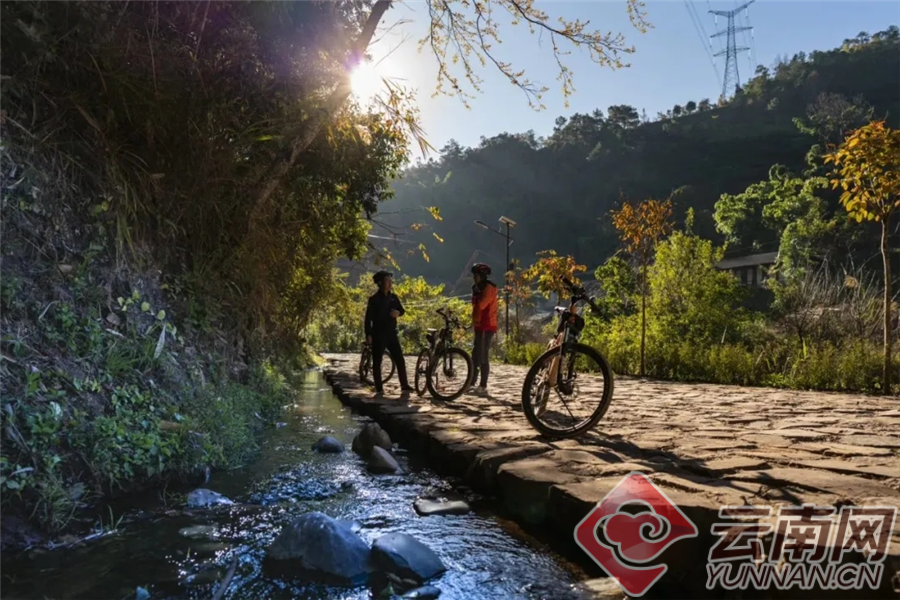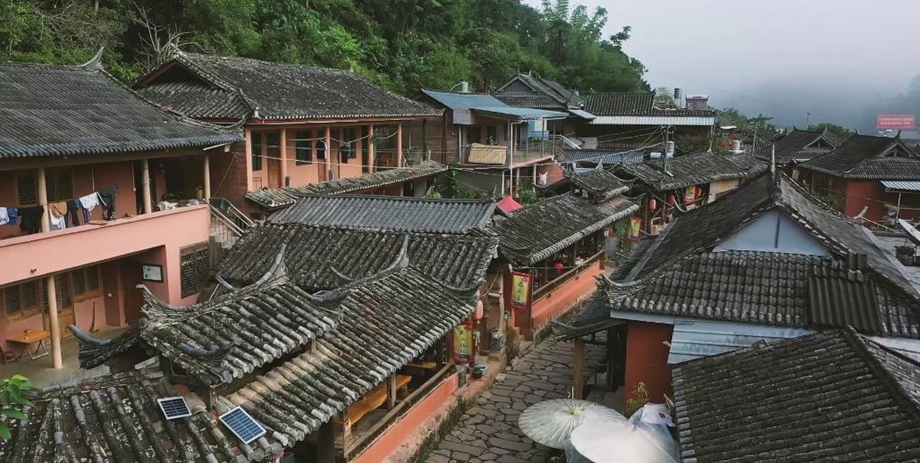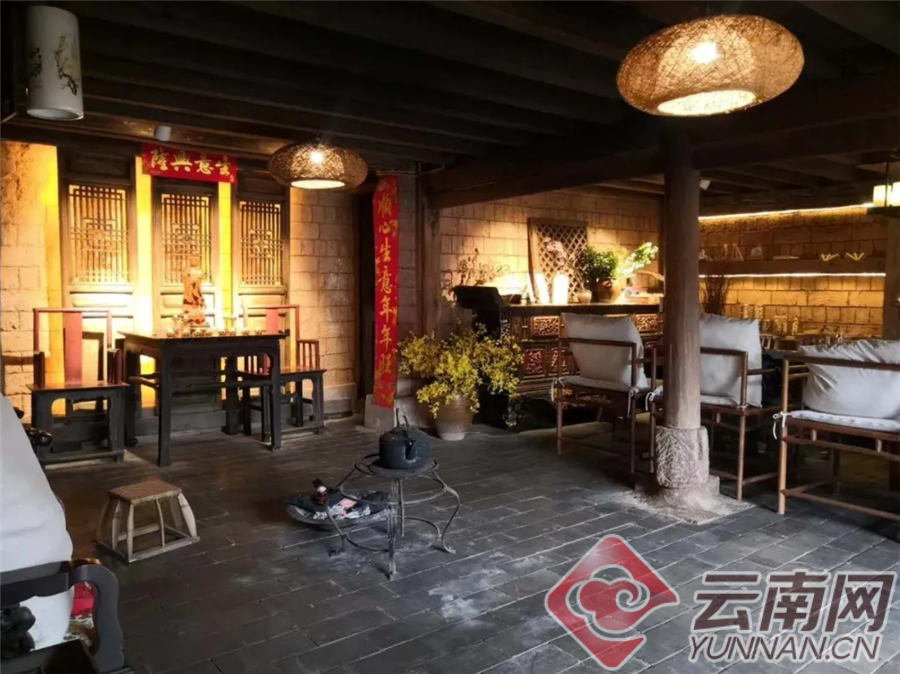Nakeli: Recap of old days on Ancient Tea-Horse Road

Murmuring streams, pastoral dwellings and dazzling ethnic customs… These are images most visible in the beautiful Nakeli village. Located between Ninger County and Simao District in southwest Yunnan’s Pu’er City, Nakeli used to be a key stop on the Ancient Tea-Horse Road, and it is also a shared home to various ethnic groups, with the Hani and Yi being the dominating ones. It boasts cultures of the Pu’er tea, the Ancient Tea-Horse Road and horse caravans, of which the tea-horse road relics are well preserved.

Strolling in Nakeli, one seems to be travelling back to the old days on the Ancient Tea-Horse Road: With caravans coming and going, bustling scenes are made up of by inns, caravansaries, merchants in high spirits and neighing horses. “Some are listening to the falling rain on a bridge, others are talking about life styles on the way.” Standing on the Ancient Tea-Horse Road that was blazed thousands of years ago, we can no longer see droves of horse caravans, hear the clear and melodious tinkling of house bells and sense the scent of the ancient tea. However, the foot prints and other traces left by the forefathers can still be seen on the tea-horse road, and our memories to the happenings in days gone by remain fresh.
Nakeli falls into the jurisdiction of the Tongxin town, Ninger County. For a reemergence of the prosperous scenes in Nakeli, the Tongxin management has restored a 4km section of the tea-horse road, linking Nakeli to the Pojiao village in Simao District. A total of 17 cultural sites were built up or renovated, including the Lianxin(heart-link) Bridge, the Post Square and the Saddle-shaped Bridge. Each sight is a reflection of the once bustling and prosperous scenes in Nakeli.

“The high mountains are hard to scale and who can serve as a host for your weariness; we are strangers meeting by chance like drifting duckweed but I will assume the role of kindness.” This is a couplet at the gate of a post house beside the tea-horse road, and the two lines show the folks in the mountainous area are plain but generous. First built on 1831, the Rongfa post house, where most tea traders stopped for a rest, used to enjoy fame among the caravan hordes. Now, the items and the furnishings of the house back then remain there.
In 2008, the post house was turned into a farmhouse inn, offering visitors lodges and meals favored by ancient traders. So far, Nakeli has opened tens of holiday inns similar to the Rongfa post house, starting from only three inns in 2007. The village also built up a specialty street, where local snacks of Chongbaba(pounded cakes), citron fruits and sweet potatoes, as well as ethnic embroideries, are readily available. The once thriving tea-horse road section in the village has faded away, but today’s Nakeli is embracing new prosperity of cultural tourism.

Besides the distinct ethnic buildings and dishes, Nakeli also features destroyable woodcarving, which fuses modern art into ancient tea-horse cultures. The special woodcarving is said to have originated in Pu’er city in the 1980s. With its unique style and medium, the Pu’er art form breaks away from the ideas and procedures of traditional woodcarving. As colors overlap layer on layer, the finished version of the destroyable woodcarving has richer and heavier color than other versions. Over the 30 plus years, the Pu’er carving has emerged as one of the top four woodcuts in China.
Now, the ethnic village of Nakeli is showing the world its unique charm, having won the titles of the “nationally distinct village for sight-seeing”, “China model village for rural tourism”, “national village for eco-culture”, and “national village of beauty and livability”.
By Sun Guisheng; trans-editing by Wang Shixue